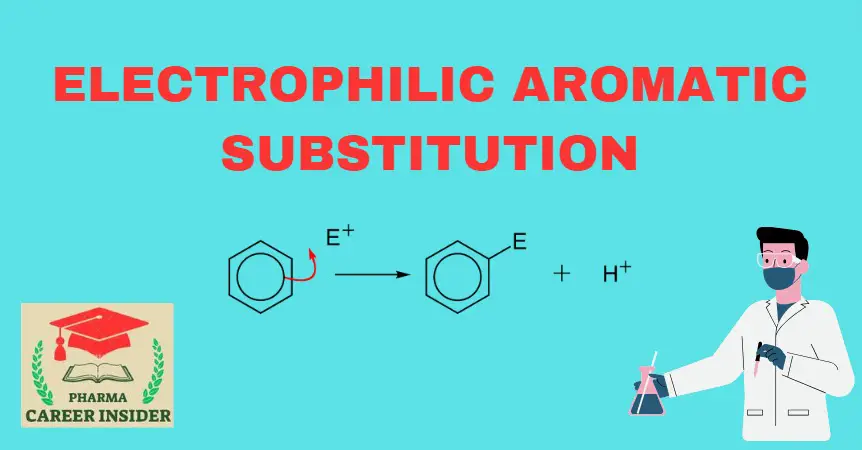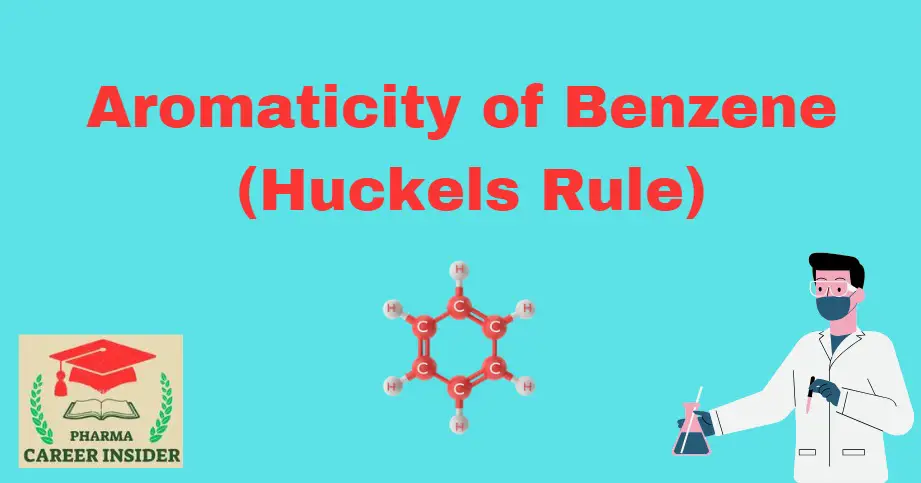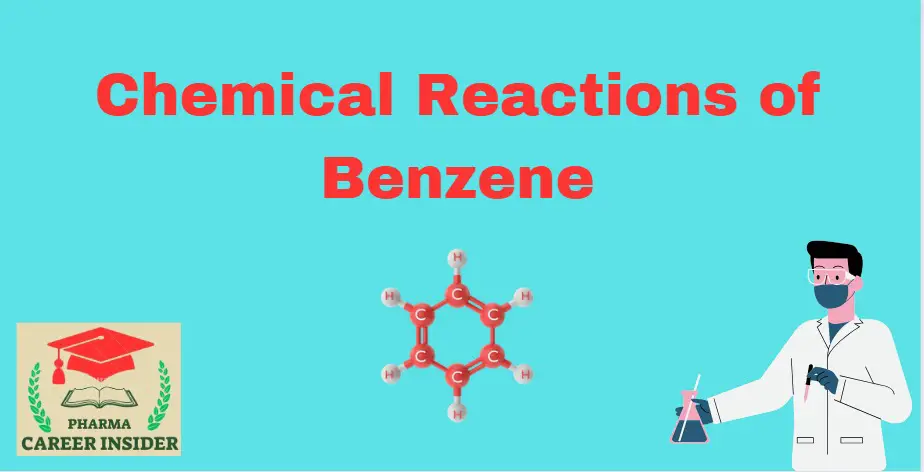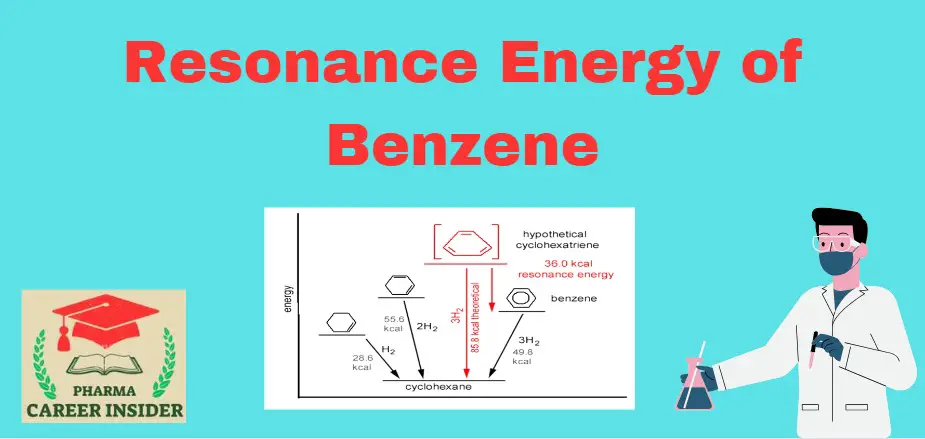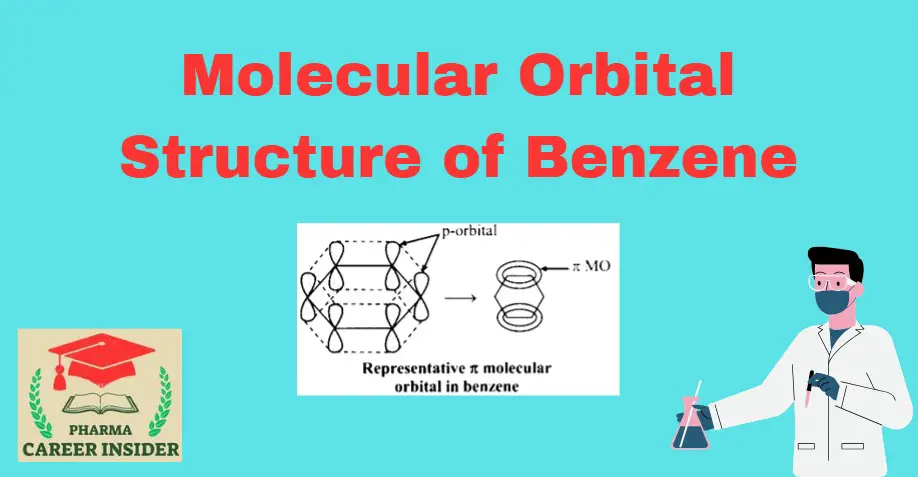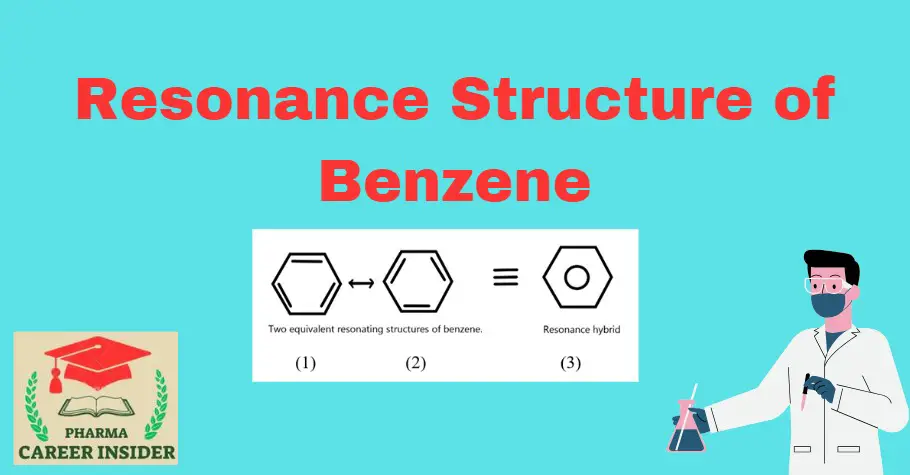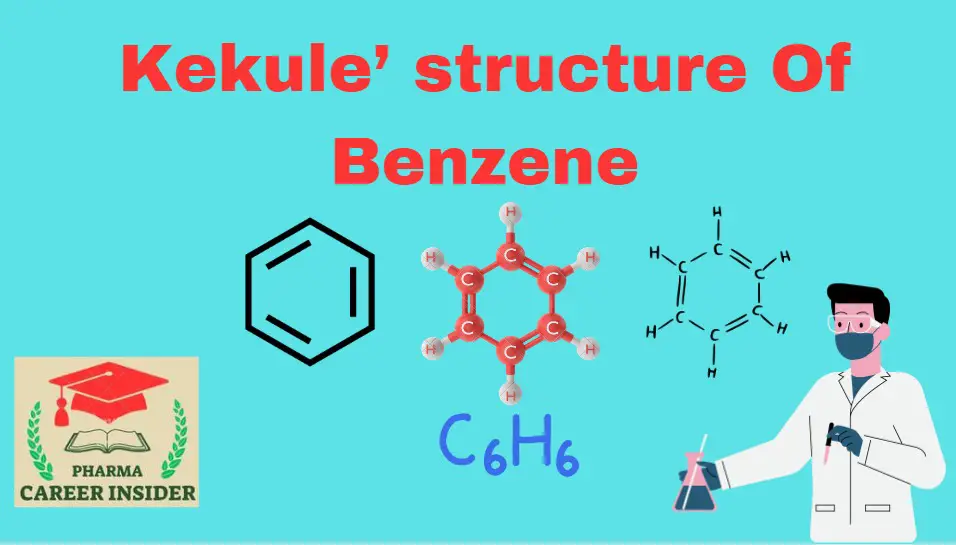Bromination of Benzene
The Bromination of benzene involves the introduction of a bromine atom onto the benzene ring through electrophilic aromatic substitution. A Lewis acid typically catalyzes the reaction, often iron (III) chloride (FeCl3). Here is the reaction with a concise explanation: Here is a step-by-step mechanism for the bromination of benzene: Step 1: Formation of electrophile: The … Read more




